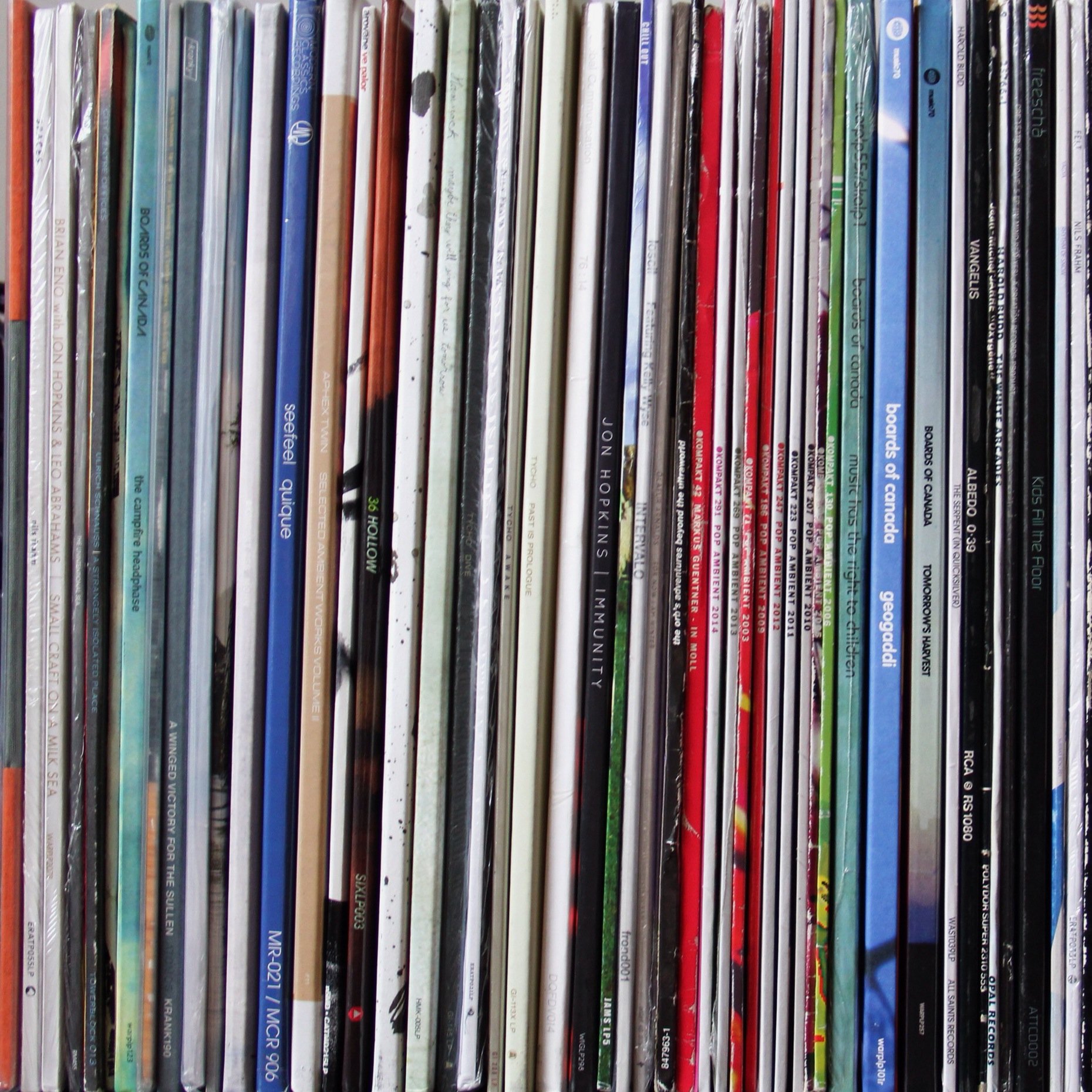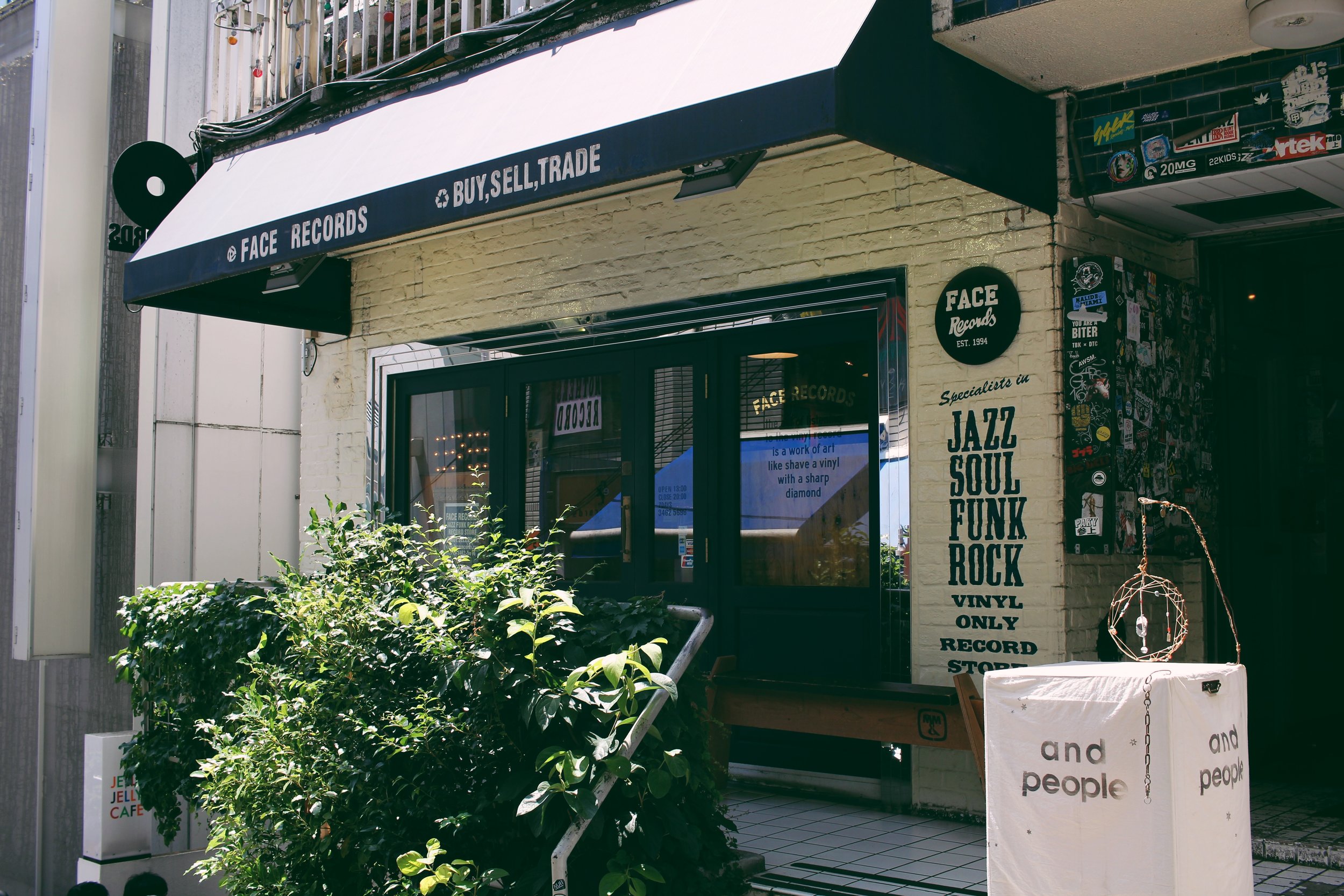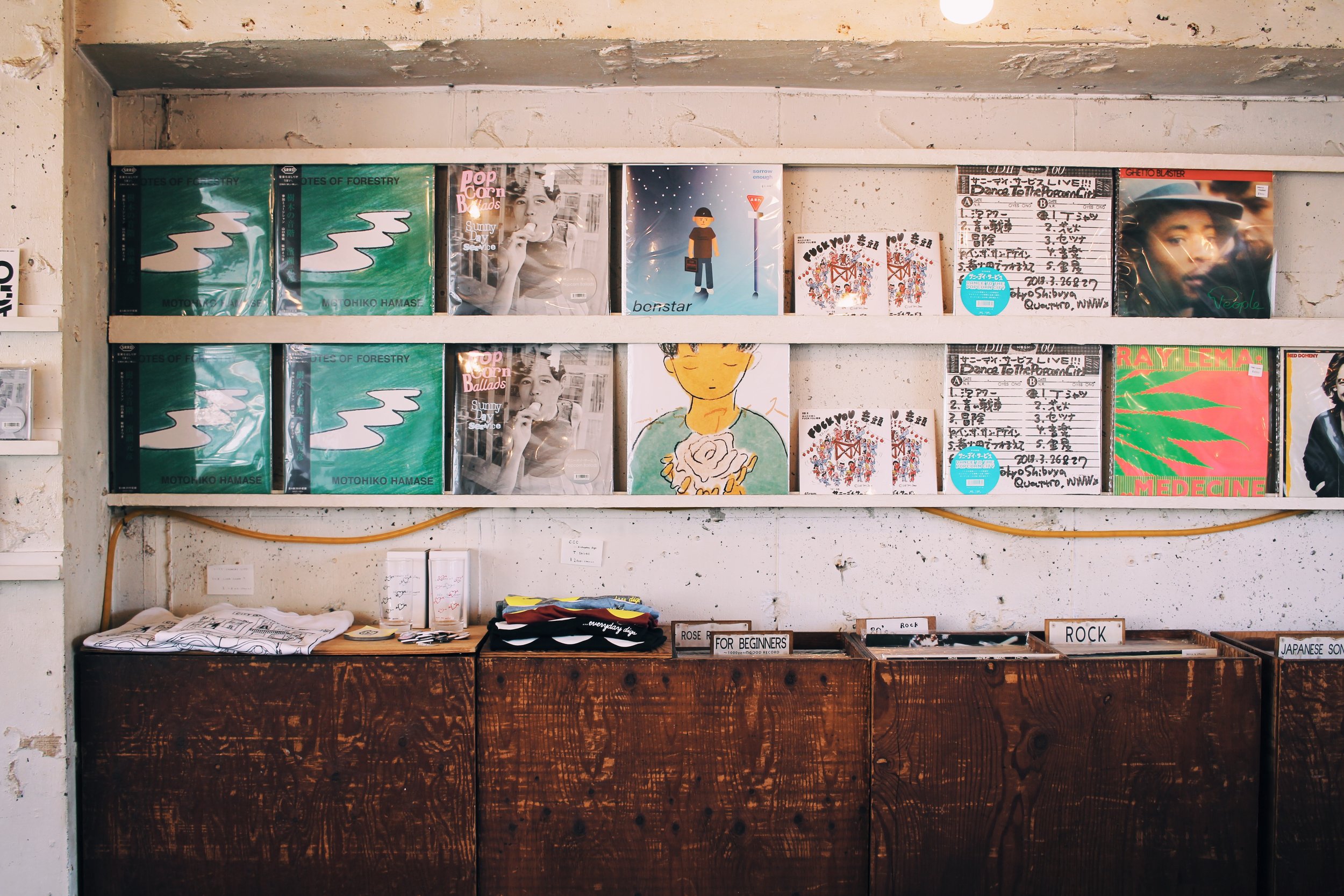**New - Spotify Playlist to accompany this feature**
~
I’ve seen a few articles over the past few years detailing the best ambient albums, the state of ambient or the return of ambient, and whilst they’re often very positive for the genre, the artists and every other person involved in making this type of music, I can’t help but feel a bit empty after reading them.
These articles rarely scrape the surface of a genre that has never gone away, and will probably never “make a comeback” but instead, the genre continues to evolve. Ambient music will always remain a sub-culture of many popular music styles out there, or more to the point of this article, be the hidden undercurrent that’s helped inspire many other styles of music.
Whilst I’m not opposed to the genre getting any more popular (hell, I might get more traffic to the site or sell more records), I can’t help but feel a little annoyed when it’s not represented well, especially when some people have been involved for years and so, so, so, so many styles, producers and labels are consistently overlooked.
It’s a big reason why I created this site back in 2008, and it’s why I’m writing now.
Since the inception of this blog, I’ve focused on those who don’t really get the exposure they deserve and the many hidden talents of not only ambient music, but electronica and to a lesser extent, techno. Why stop now? Whilst this article will dive into the early days and influences on the genre, it will also hopefully offer a different perspective from the more popular journalism outlets and instead, focus on the many styles of ambient music and it particular, the producers and labels that have accompanied me on my journey over the years.
Heads-up, it’s long. So take the time to explore the artists and labels featured and pay it a few visits once you’ve hopped off onto Discogs and Youtube. Every album and artist links out to further information, and there’s a full Youtube playlist at the bottom if you can’t wait. For anyone that really wants to dig into ambient music, I’m hoping here might be a good place to start.
Shit. Where the hell do I start?
Let me make an attempt to cover my own ass from the thousands of very opinionated music-heads first. I got into ambient music late. Very late. And I wouldn’t consider myself an expert, but I do spend much of my life listening to and writing about it, so I think it gives me a little bit of authorisation to talk on the subject.
Secondly, I haven’t listened to every ambient record out there. Like every piece of journalism ever written, this will be a subjective take, based on my own biased experiences. The last thing I want is for this to sound like a Wikipedia article on ambient. We’ll get the background done sharp, talk about how ambient music developed for me in the 90’s and then get into the many styles I experience today as a result of exploring the genre further and further. By the end of this, I hope I’ve done it justice, introduced newbies to an ever expanding landscape of music, and helped the veterans of ambient find some new pieces to enjoy.
BACKGROUND FOR BACKGROUND
What is ambient music? (No I’m not joking). Seeing as many of my friends don’t even know what it is, this could prove a very helpful entry point. And to take a quote directly from ambient music pioneer, Brian Eno’s ‘Music For Airports’ (1978) liner notes:
“Ambient Music must be able to accommodate many levels of listening attention without enforcing one in particular; it must be as ignorable as it is interesting”.
Which to most people means, it’s background music. But to dive deeper, a more interesting quote reads:


















































































































